Synopsis
Invented in 1940, scientists quickly realised plutonium was capable of undergoing nuclear fission.
- Programme: Chemistry: A Volatile History
- Episode: The Power of the Elements
- Channel: BBC Four
- Broadcast year: 2010
- Chemistry
Licence: ERA Licence required
UK only
Staff and students of licensed education establishments only
Cannot be adapted
Add Notes
More clips from Chemistry: A Volatile History

3: The Power of the Elements | Chemistry: A Volatile History
3: The Power of the Elements | Chemistry: A Volatile History
Jim Al-Khalili reveals the breakthroughs which harnessed elements' ability to release vast power, showing how sc...

Alpha particles | Chemistry: A Volatile History
Alpha particles | Chemistry: A Volatile History
Rutherford stated the fact that most alpha particles go straight through foil is evidence for the atom being mostly empty spa...

Carbon bonds | Chemistry: A Volatile History
Carbon bonds | Chemistry: A Volatile History
Scott Cooper was fascinated by how carbon atoms combined with other atoms, inventing the notion of ''bonds''.

Iron compound and synthetic pigment | Chemistry: A Volatile History
Iron compound and synthetic pigment | Chemistry: A Volatile History
A demonstration of how Diesbach stumbled across the ingredients for the first synthetic paint.

Isomers | Chemistry: A Volatile History
Isomers | Chemistry: A Volatile History
Jim Al-Khalili reveals the history of isomerism which was first noticed in 1827, when Friedrich Woehler prepared cyanic acid.
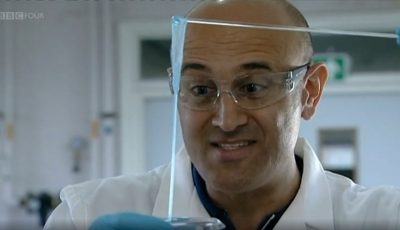
Nylon | Chemistry: A Volatile History
Nylon | Chemistry: A Volatile History
Jim Al-Khalili reveals the breakthroughs which harnessed elements' ability to release vast power, showing how scientists are trying to ...
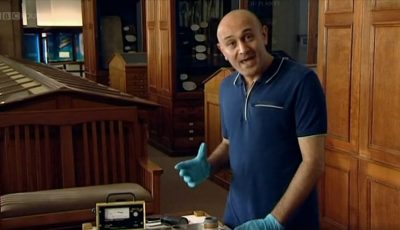
Radium | Chemistry: A Volatile History
Radium | Chemistry: A Volatile History
Radium was discovered in 1898 by Marie and Pierre Curie.
More resources about Chemistry

2: The Order of the Elements | Chemistry: A Volatile History
2: The Order of the Elements | Chemistry: A Volatile History
Professor Jim Al-Khalili looks at how the early scientists' bid to decode the order of the elements was driven b...

1: Discovering the Elements | Chemistry: A Volatile History
1: Discovering the Elements | Chemistry: A Volatile History
The story of how the elements were discovered and mapped begins with the alchemists who questioned that the world...
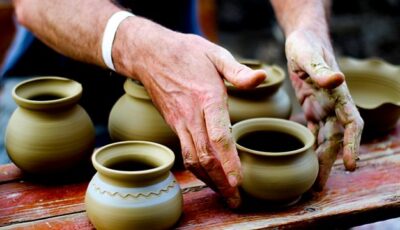
Ceramics | How It Works
Ceramics | How It Works
Professor Mark Miodownik looks at how simple clay, sand and rock can be changed into pottery, glass and concrete to build cities and transform the wa...
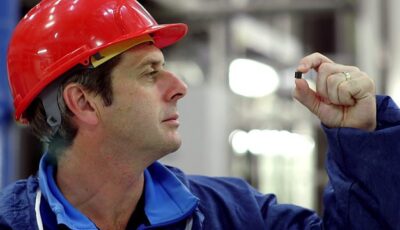
Episode 3 | Planet Oil: The Treasure That Conquered The World
Episode 3 | Planet Oil: The Treasure That Conquered The World
Professor Iain Stewart examines the situation in the 21st century, at which point the global consumption of oil...

Carbon capture and storage | Planet Oil: The Treasure That Conquered the World
Carbon capture and storage | Planet Oil: The Treasure That Conquered the World
Professor Iain Stewart investigates CCS, a process that is attempting to reduce carbon dioxide...
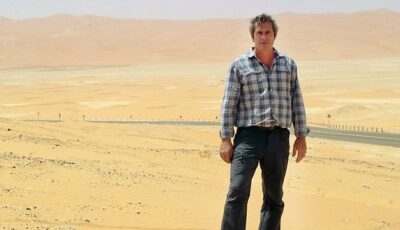
Episode 1 | Planet Oil: The Treasure That Conquered The World
Episode 1 | Planet Oil: The Treasure That Conquered The World
From the moment we first drilled for oil, we opened a Pandora's box that changed the world forever. It transfor...

Metal | How It Works
Metal | How It Works
Mark Miodownik traces the history of our love affair with metal. He investigates metals at the atomic level and sees how metal crystals can be grown to ...

Periodic Table Overview | Chemistry: A Volatile History
Periodic Table Overview | Chemistry: A Volatile History
Spec references J248: C2.2i J250: C2.2i. A quick recap of how the periodic table is arranged including groups, period...
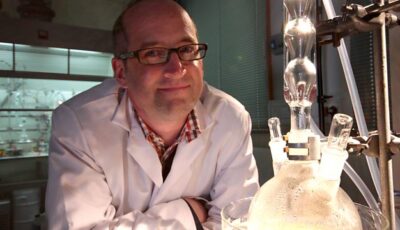
Plastic | How It Works
Plastic | How It Works
Mark Miodownik shows how plastics have brought luxury to the masses and reveals how the next generation will take its inspiration from nature and coul...

Types of Compounds | Curriculum Bites
Types of Compounds | Curriculum Bites
Spec references J248: C2.2h J250: C2.2h. An introduction to how elements react to form ionic and covalent compounds, with reference to ...

3: The Power of the Elements | Chemistry: A Volatile History
3: The Power of the Elements | Chemistry: A Volatile History
Jim Al-Khalili reveals the breakthroughs which harnessed elements' ability to release vast power, showing how sc...

Climate refugees | Black Black Oil
Climate refugees | Black Black Oil
Hundreds of millions of people are expected to migrate from their countries by 2050 due to rising sea levels.
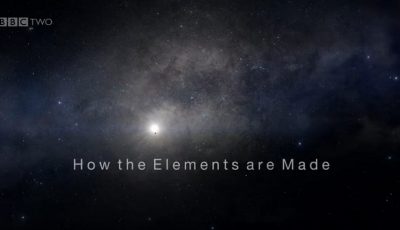
How are elements made? | Wonders of the Universe
How are elements made? | Wonders of the Universe
Brian Cox explains what elements are and how they are formed, including the importance of carbon.

Periodic Table | Short Circuit
Periodic Table | Short Circuit
Bringing chemistry, physics and biology to life using real-life examples, 3D graphics and practical experiments.

Production of Plastic from Crude Oil | Real World Chemistry
Production of Plastic from Crude Oil | Real World Chemistry
Spec references J248: C6.2m, C6.2n, C6.2o J250: C6.1k, C6.1l, C6.1m. This clip demonstrates how plastic is produc...

Sustainable cities | Planet Oil: The Treasure That Conquered the World
Sustainable cities | Planet Oil: The Treasure That Conquered the World
Professor Iain Stewart visits Masdar in Abu Dhabi, a city that relies on renewable energy.

Biological Catalysts | Science Topics
Biological Catalysts | Science Topics
The video provides examples of biological catalysis, such as enzyme use in cheese production and human digestion, followed by an explan...

Carbon dioxide and climate change | Royal Institution Christmas Lectures
Carbon dioxide and climate change | Royal Institution Christmas Lectures
Dr Tara Shine demonstrates how increased burning of fossil fuels since the industrial revolution pro...
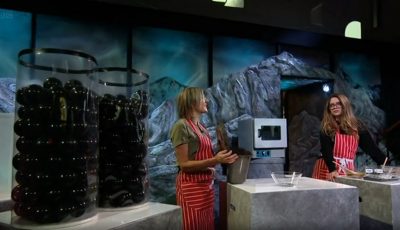
Carbon footprint of a loaf of bread | Royal Institution Christmas Lectures
Carbon footprint of a loaf of bread | Royal Institution Christmas Lectures
Dr Tara Shine discusses the carbon emissions from the process of baking a loaf of bread.
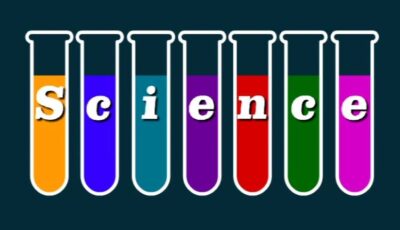
Chemical calculations | GCSE Bitesize Revision
Chemical calculations | GCSE Bitesize Revision
This video provides an overview of how the masses of subatomic particles are used to calculate atomic masses. It then explains...
More from Jim Al-Khalili

2: The Order of the Elements | Chemistry: A Volatile History
2: The Order of the Elements | Chemistry: A Volatile History
Professor Jim Al-Khalili looks at how the early scientists' bid to decode the order of the elements was driven b...

Einstein and the beetle | Gravity and Me: The Force that Shapes our Lives
Einstein and the beetle | Gravity and Me: The Force that Shapes our Lives
Professor Jim Al-Khalili explains Einstein's analogy of gravity that he told his son to explain his...

Prof Jim Al Khalili goes inside Calder Hall for his first look inside the core of a nuclear reactor | Britain's Nuclear Secrets: Inside Sellafield
Prof Jim Al Khalili goes inside Calder Hall for his first look inside the core of a nuclear reactor | Britain's Nuclear Secrets: Inside Sellafield
Nuclear physicist Professo...
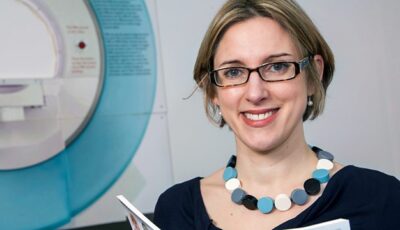
Sarah-Jayne Blakemore on teenage brains | The Life Scientific
Sarah-Jayne Blakemore on teenage brains | The Life Scientific
Professor Sarah-Jayne Blakemore talks to Jim Al-Khalili about her research on the developing teenage brain.

Electricity and the Atomic scale | Shock and Awe: The Story of Electricity
Electricity and the Atomic scale | Shock and Awe: The Story of Electricity
Jim Al-Khalili explores how Ernest Rutherford's work on the atom revealed what electricity was on ...

Fukushima: Is Nuclear Power Safe? | Horizon
Fukushima: Is Nuclear Power Safe? | Horizon
Six months after the explosions at the Fukushima nuclear plant in Japan, Professor Jim Al-Khalili sets out to discover whether nu...

Al-Khwarizmi's digit and numerical system | Science and Islam
Al-Khwarizmi's digit and numerical system | Science and Islam
Jim Al-Khalili explains how our numerical system spread to Europe through the work of the Arabic mathematician ...
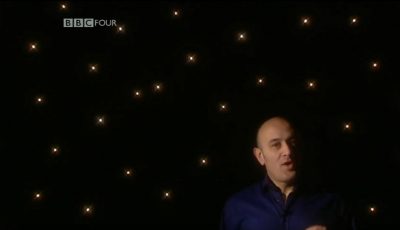
The big bang and the creation of hydrogen and helium | Atom
The big bang and the creation of hydrogen and helium | Atom
George Gamow believed that helium existed in the universe before the sun and the stars were formed.

Electrolysis - Discovery of Potassium | Curriculum Bites
Electrolysis - Discovery of Potassium | Curriculum Bites
Spec references J248: C3.4b J250: C3.4b. Professor Jim Al-Khalili recreates the electrolysis experiment that lead to...
